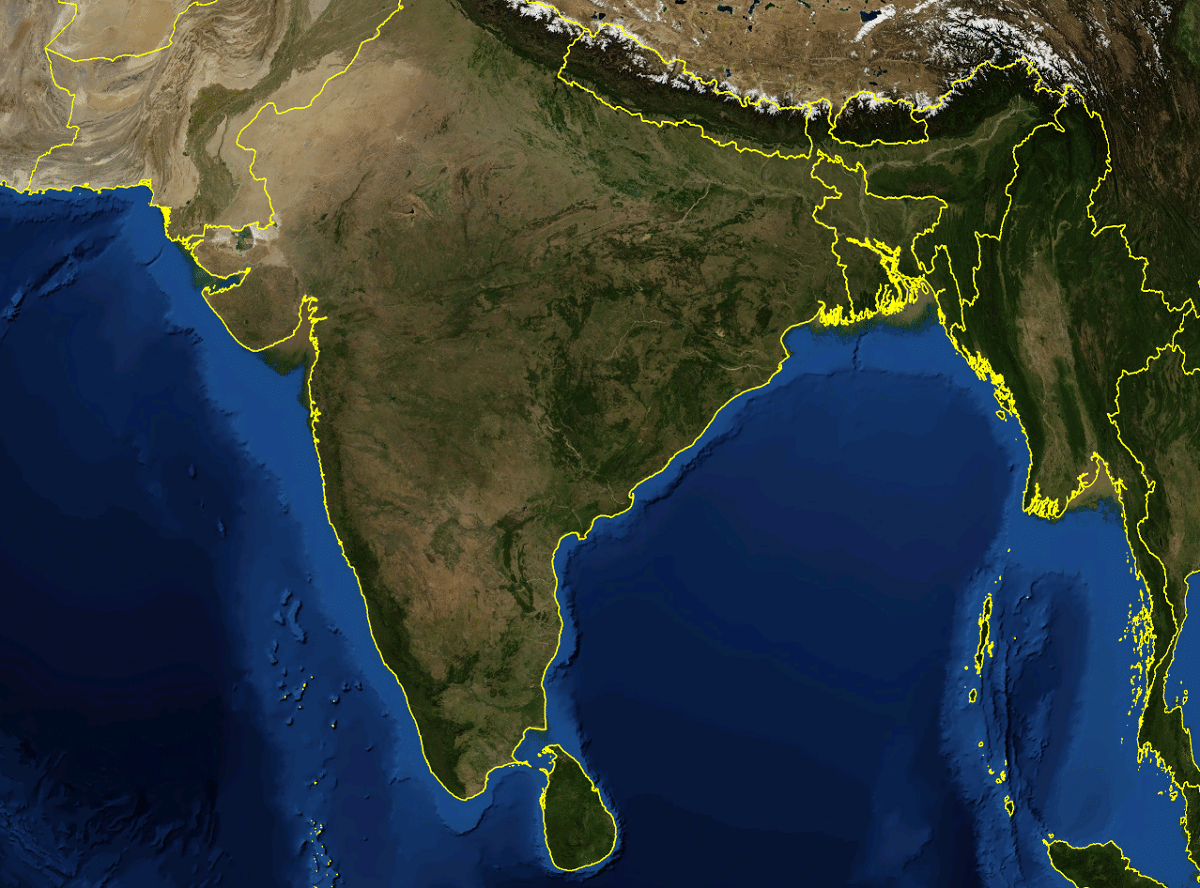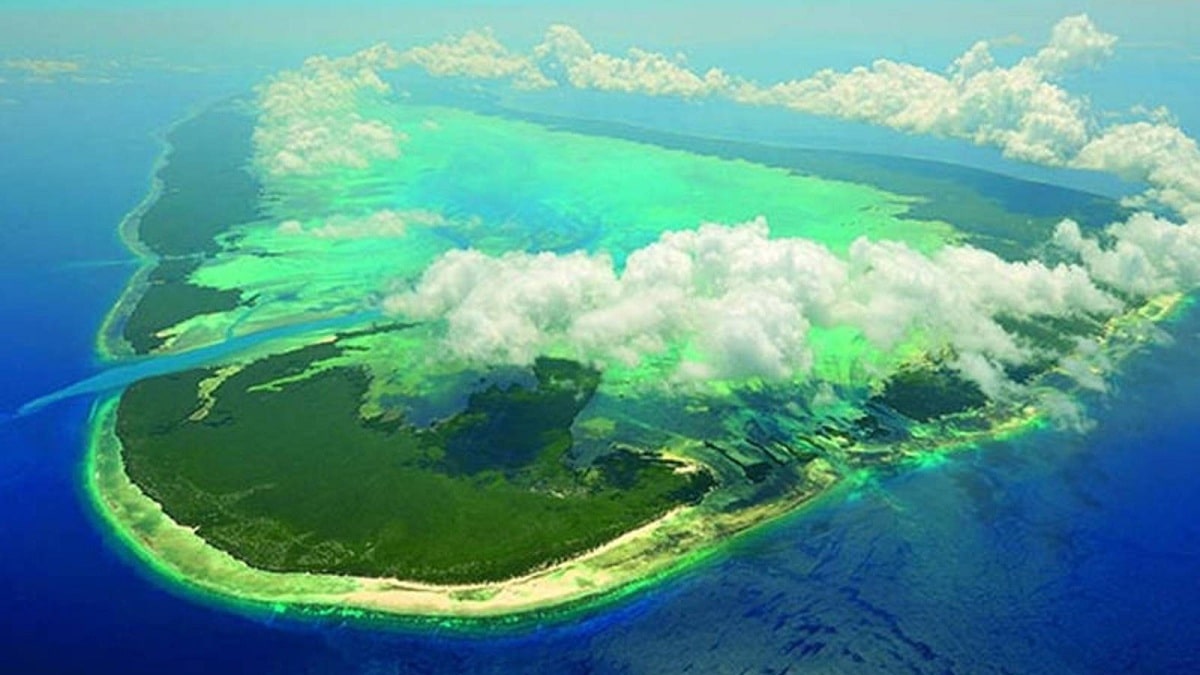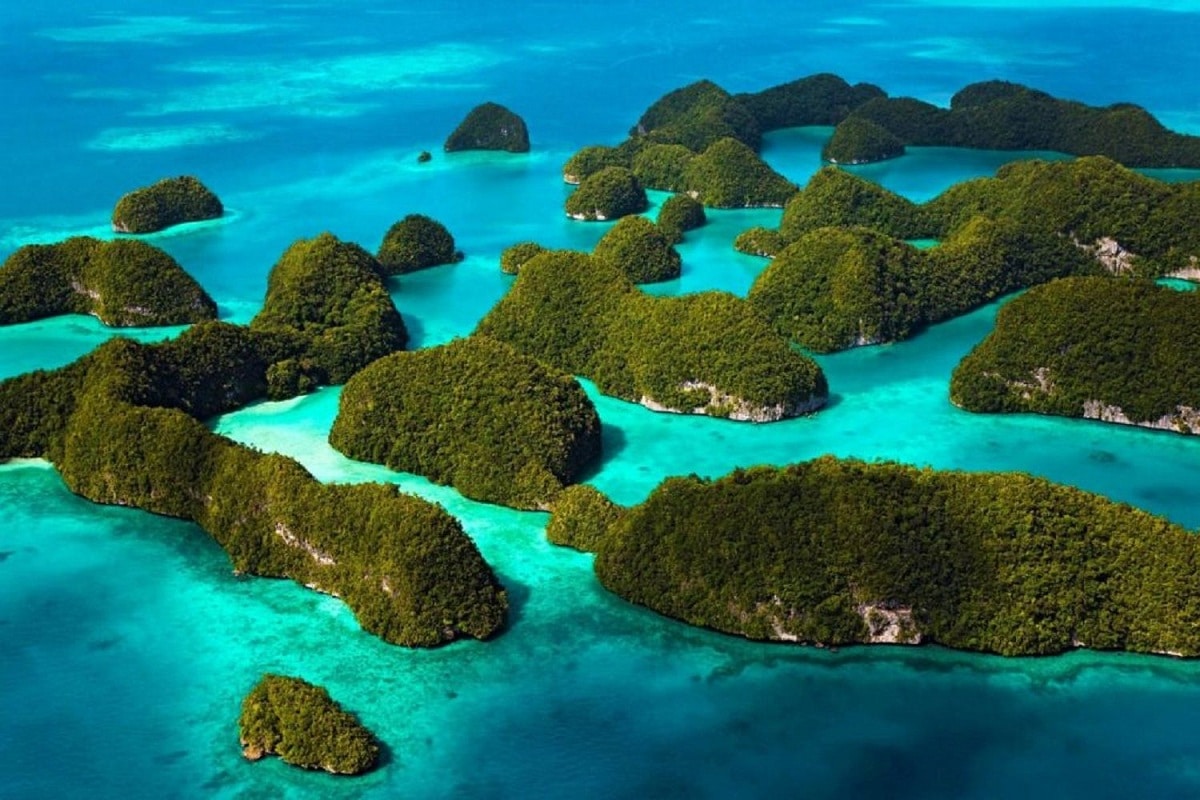
Today we are moving towards the Indian Ocean, more specifically to the northeast area. Here is the gulf of bengal, also known as Bay of Bengal. Its shape resembled that of a triangle and is bordered to the north by the state of West Bengal and like Bangladesh, to the south by Sri Lanka Island and the Indian territory of the Andaman and Nicobara Islands, to the east by the Malay Peninsula and to the west by the Indian subcontinent. It is a gulf with a somewhat peculiar history that makes it quite interesting.
Therefore, in this article we are going to tell you about the characteristics and history of the Gulf of Bengal.
Key features

It has a total area of at least about 2 million square kilometers. It is important to know that many rivers flow from this gulf that are large in size. Among these rivers, the Ganges River stood out as the great sacred river tributary of India. It is also one of the largest rivers in Asia. Another of the rivers that flow into this gulf is the Brahmaputra river known as Tsangpo-Brahmaputra. Both rivers have deposited a large amount of sediment causing a great abyssal fan to form in the area of the gulf.
The entire area of the Bay of Bengal is constantly attacked by monsoons whether in winter or summer. The influence of the phenomenon causes that there can be cyclones, tidal waves, strong winds and even typhoons during the autumn season. There are also some natural phenomena that occur due to climatic variations in its waters. Given its location, the waters of the Bay of Bengal have a constant number of maritime traffic. This makes it an important commercial route with great economic interest.
Not only does it have an economic interest in practicing water activities such as fishing, but it also has a biodiversity intrigue. The sediments carried by the rivers are responsible for the nutrients that phytoplankton and zooplankton feed on.. On the shores of the Gulf of Bengal we find important natural ports such as Calcutta, this being the most important for having a commercial and financial nucleus.
Food, chemical products, electrical material, textiles and transport are produced along this coast. All this set of activities add a great economic importance to this gulf. I will be what we see in history we can see that this place was bombed by the Japanese during the World War II for what is considered a historical place.
History of the Gulf of Bengal

As we have mentioned before, this gulf has a peculiar history that makes it quite interesting. These lands were colonized by the Portuguese at first. One of the main settlements was Santo Tomé de Meliapor, today turned into a slum of the city of Madras in India. In 1522 the Portuguese built a church and years later they had already built a small town on the site. By the standards of the time, in the XNUMXth century São Tomé was a city, although there is no doubt that Europeans played an important role in the development of the history of this region.
They were more continuators of the activities of previous cultures than initiators of a new development. Today, experts who study the origin and history of this entire region believe that the influence in this region of early trade relations with Europeans has been overestimated. Numerous studies have shown that the number of Asian merchants importing and exporting batteries from the Gulf of Bengal was higher than that of Europeans. Among the most commercial raw materials we have silk and other textiles.
Humans in the Bay of Bengal

There is a mystery that links the Bay of Bengal to a tribe that has greatly diminished its population. Few remain but not because they have become extinct but because most of them are reabsorbed by neighboring populations. It is about some Andamanese who remain in their immaculate state and are a treasure for science. They are Aboriginal inhabitants of the Andaman and Nicobar Islands in the Bay of Bengal. There are now only about 500-600 who preserve their culture in its entirety and only of them only fifty speak their ancestral language.
These populations of humans belonging to being alive still live from the box and the collection as it happened with the human being in prehistoric point, they continue to hunt fish with bow and arrow from their canoes and they know the arts of pottery and iron metallurgy. Their language does not have a numbering system so they have to use two words that indicate numbers: one and more than one. They are all short in stature and darker in skin than the surrounding Indian populations.
The mystery of these Andamanese has been deepening but dissipating at the same time. There is a large genomic study that has focused on studying fragments of Neanderthal DNA in their genomes. They have revealed signs of ancient crosses with another archaic and unknown population. All of this is quite an interesting new enigma that makes these populations worth studying. The study clarifies other questions about these highly important humans. And it is that they are very different from the other populations of South Asia since several investigations had concluded that these populations of short stature and dark color were the product of a migration outside of Asia. Africa different and independent from the one made by the rest of the planet just over 50.000 years ago.
Population studies
Later in other studies show that this is not the case. The color is the same as we all had when we left Africa for the rest of the world. He also explains that his short stature is the product of a intense process of natural selection as happened with other island species. In ecosystems with a lot of tree density it is not convenient to be so high since it is more complicated abundant and in the end they end up having problems of collisions with branches.
I hope that with this information you can learn more about the Bay of Bengal and its characteristics.